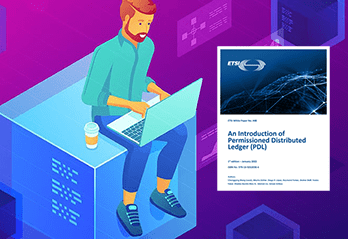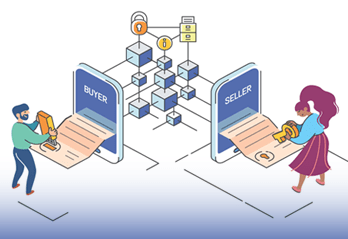ETSI publishes a white paper introducing Permissioned Distributed Ledger (PDL)
Posted by ETSI COMS TEAM 9845 HitsETSI publishes a white paper introducing Permissioned Distributed Ledger (PDL)
Sophia Antipolis, 24 January 2022
After the release of the first specification on smart contracts on 18 January, members from the ETSI PDL group published a White Paper entitled “An Introduction of Permissioned Distributed Ledger (PDL)”.
Distributed ledgers have consolidated as one of the most disruptive applications of information technology that have appeared in recent years. Their ability to store any kind of data as a consensus of replicated, shared, and synchronized digital records distributed across multiple sites, without depending on any central administrator, together with their properties regarding immutability (and therefore non-repudiation) and multi-party verifiability opens a wide range of applications.



